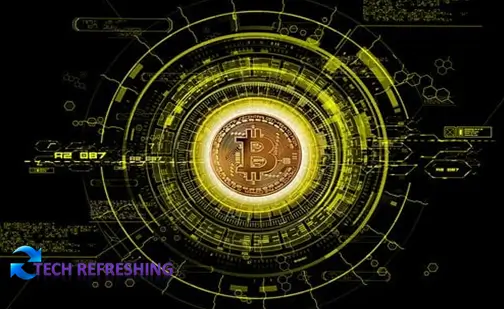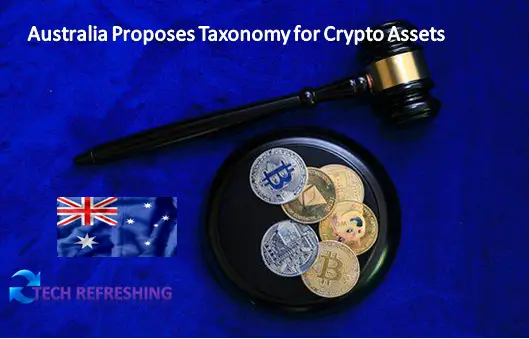Australia Proposes Taxonomy for Crypto Assets
The Australian Treasury has taken a major step towards regulating the crypto market by releasing a consultation paper on “Token Mapping.” This paper proposes a taxonomy of four types of crypto-related products and outlines the key concepts of crypto networks, tokens, and smart contracts. The government intends to take a fact-based, consumer-conscious, and innovation-friendly approach to policy development.
Four Types of Crypto-Related Products
- Crypto Asset Services: This category includes a wide range of services related to the crypto industry, such as lending and borrowing, fiat on/off ramping, crypto token trading, funds management, mining/staking-as-a-service, gambling, and custody.
- Intermediated Crypto Assets: This category is closest to the traditional definition of tokens and includes stablecoins. It encompasses rights or licenses related to event access or subscriptions, intellectual property, reward programs, consumer goods and services, fiat money, non-financial assets, and government bond coupons.
- Network Tokens: These are a new type of currency that constitute peer-to-peer payment infrastructure, such as Bitcoin. They have the potential to disrupt traditional payment systems and offer consumers a more efficient and cost-effective payment option.
- Smart Contracts: These exist on a spectrum from intermediated to public and can be used by parties to remove the need for an intermediary. Intermediated smart contracts are used by intermediaries to provide a service, while public smart contracts are used by parties to carry out transactions without intermediaries.

The paper does not provide any legislative initiatives but anticipates a relatively easy adaptation of existing laws for a large portion of the crypto ecosystem. However, there are pockets of the ecosystem where functions are being ensured by public, self-service software, which could require the creation of a new legislative framework.
The Treasury will accept feedback on the consultation paper until March 3 and plans to release a similar paper on the possible licensing and custody framework for crypto in mid-2023. This paper will be the next major step in the national regulatory discussion and will help to ensure that the crypto market is properly regulated and that consumers are protected.
The Australian government has also made some plans to publish a consultation document in the middle of 2023 with a proposal for a licencing and custody framework for companies that offer services related to digital assets. This choice stems from the government’s resolve to improve Australia’s crypto sector and comes in the wake of their current finished token mapping initiative.
The consultation document will solicit comments on the role of the government in regulating the cryptocurrency ecosystem, potential investor safeguards, and ways to avoid scams. The focus of the paper will also be on defining the operational requirements and liabilities for suppliers of crypto asset services, as well as the safe storage of customer assets.
The launch of the consultation paper comes as the government prepares to wrap up its Central Bank Digital Currency (CBDC) pilot programme by 2023. Additionally, a stablecoin will be developed by at least two significant major Australian banks.
The publication of the consultation paper in the middle of 2023 is anticipated to mark a significant advancement in the regulation of digital assets in Australia and support the country’s sustained development of the cryptocurrency sector.
Comparison with UK Consultation Paper
In comparison, the UK’s His Majesty’s Treasury published its own consultation paper for crypto regulation on Feb. 1, 2023. The financial authority emphasized the capacity of the existing Financial Services and Markets Act to cover digital assets and the lack of need for separate legislation. This approach is in line with Australia’s efforts to regulate the crypto market in a technology-neutral and functional manner.


